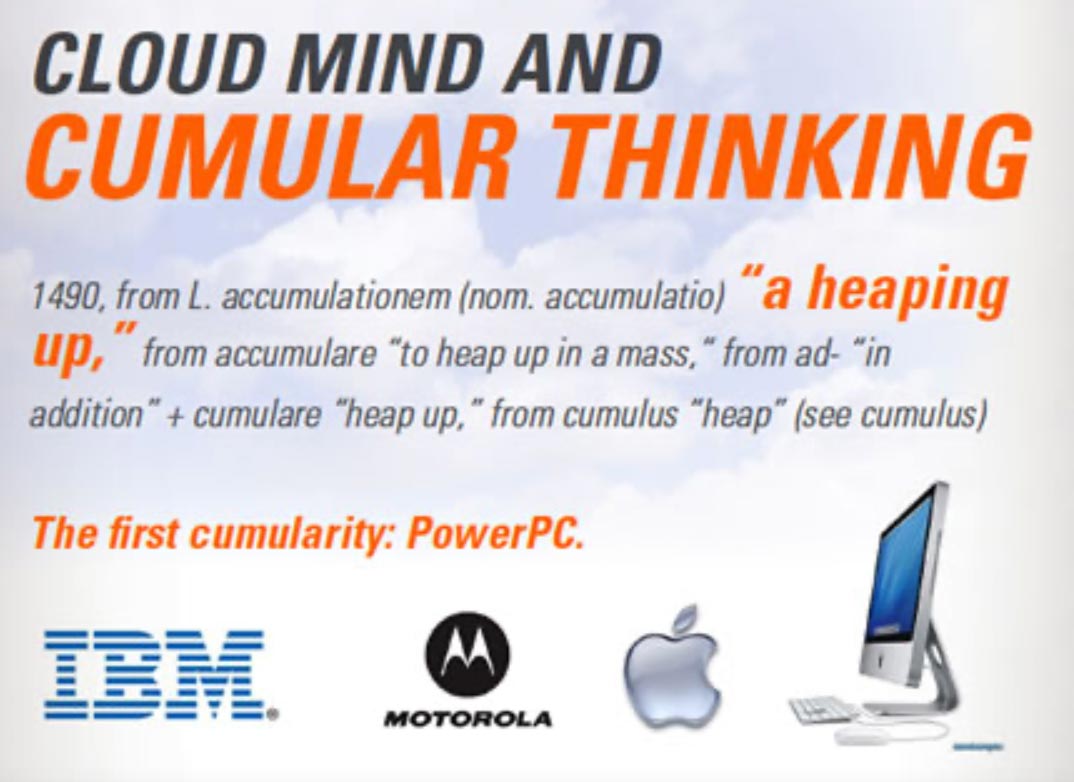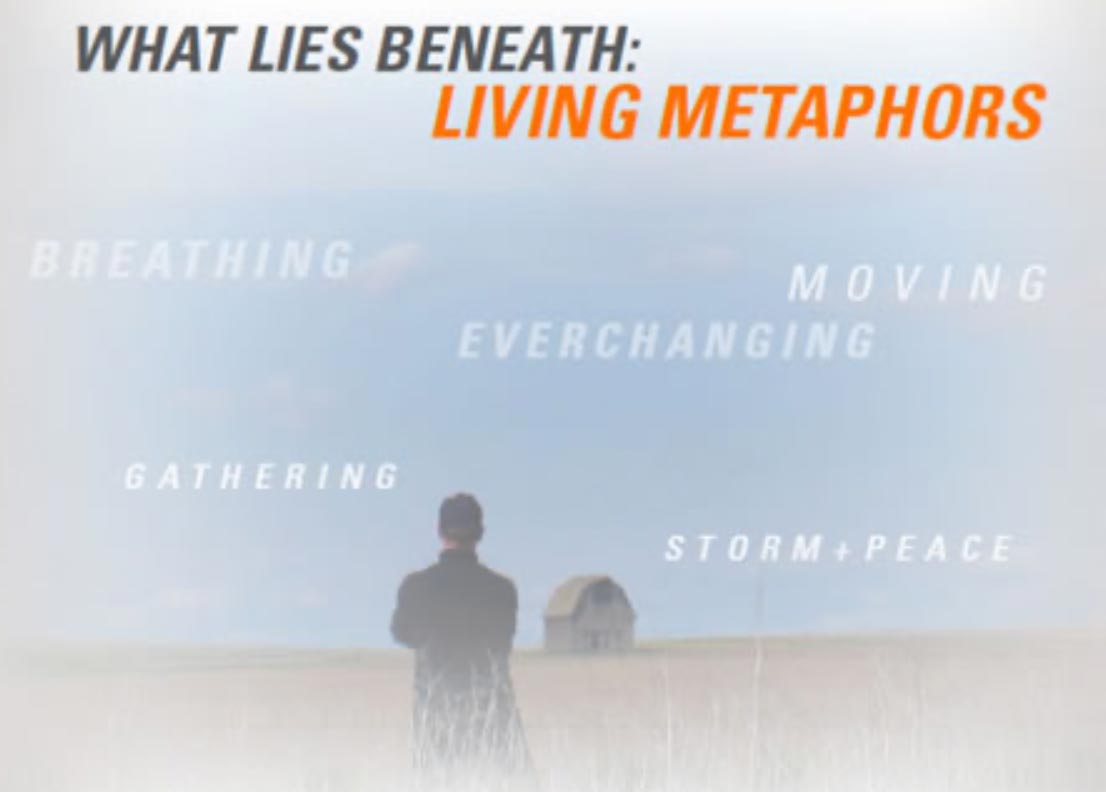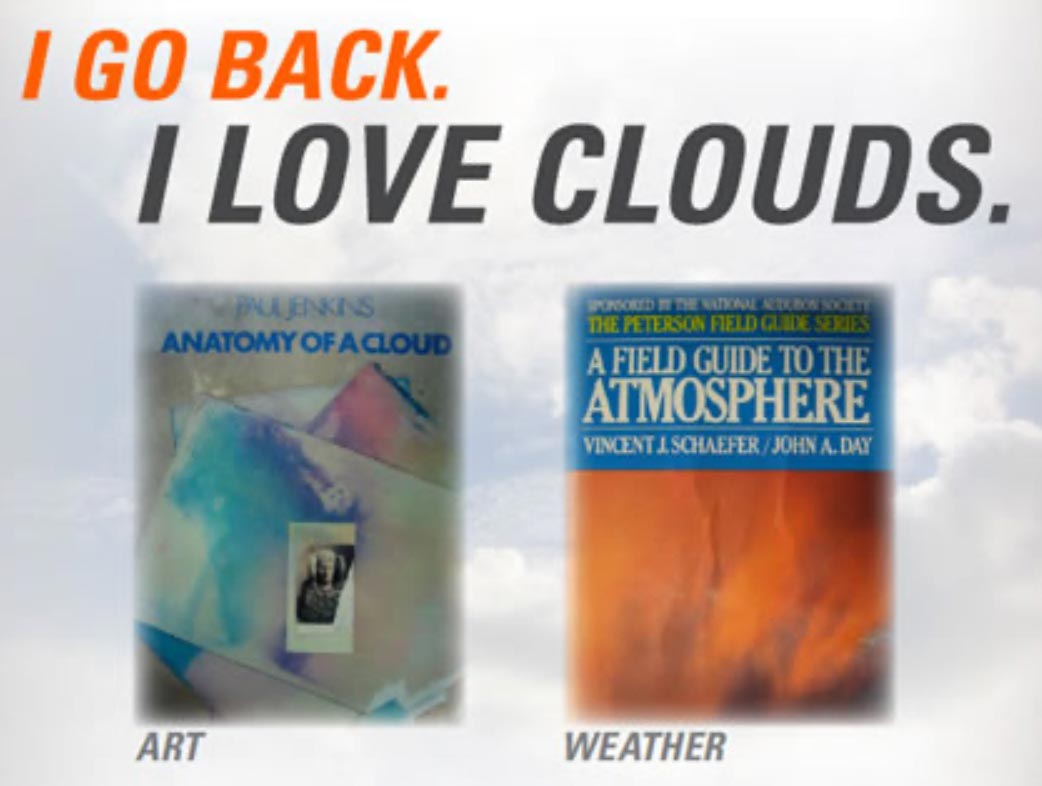
You can always think poetically—“there’s a poem somewhere in this work.”
There’s an allegory inside this brand—it’s the tiny enterprise, climbing the massive mountain towards a new vista—a new view to the world, and the community of their offering. There’s no easy path, it’s always up, there is risk of falling—failure to summit the crag—but, after all the travails of the journey, adventuring, there is a new way of seeing things, the pathway is leveling up towards a new perception. You might, as a brand strategist or leader think about your efforts, your procession to where you are as some similar type of allegory.
Metaphorical? During my work with P&G, we workshopped the idea of embedding deep metaphors in brands, deeper tiers of meaning and storytelling to enhance emotionality and community consciousness in their further disposition into the interior of the brand’s proposition of value. That metaphorical idea isn’t mine, a unique action set to GIRVIN’s brand processing, rather it’s the work of a scientist, Olson Zaltman, offering a particular line of thinking—marketing, emotionality, deep psychic space and scientifically-manifested research, that aligns with our soulful brand studies, client work, and BrandQuest® workshopping programs.
One time I gave a talk to a room full of brand marketers, and a listener said—“excellent crowd control.” I thought about this, why he would describe a presentation like that—and the sharing of ideas really was like the contemplation of a moving cloud—I was up there on the stage, but it was like being in the atmosphere of cloud forms, It reminded me of a book that I have on clouds—and the metaphorical character of the cumulation of clouds, how they clump and gather, how they move—and the watchfulness of the sky observer.
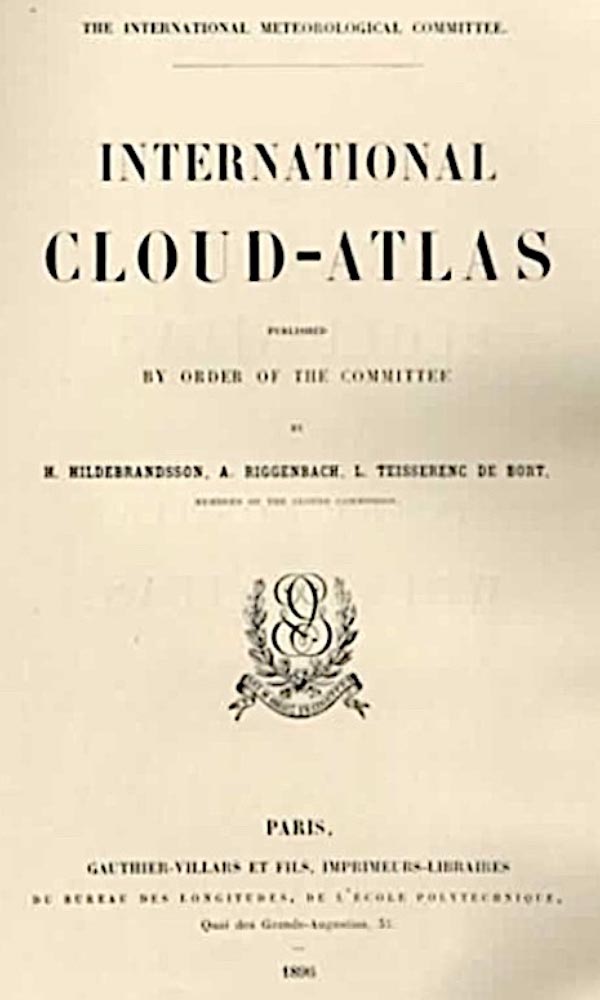
That led me to thinking about the crowd as a cloud—and, workshopping, this cloud had a kind of mind, that it could cumulate, collect, offer a collective point of view—still, even while as a mist, seething through the forest, that brought me to cloud mind: the metaphor of fluent vapor — the clouded allegory in the context of computing, burgeoning creative, a multiplicity of minds: amassed.

Everywhere, the process of strategy, design and brand is an intermixture of allegory, symbolism and metaphor—it’s a journey to find the right layering of content to work in the clumped and gathered cumulation. The notion of the cumular comes to, historically, “A person using cumular language would say that a universal negative is upset not only by predication of all, but of some; he would never say that “none are” is contradicted by “all are” and also by “some one is”; he would certainly find intermediate room for the indefinite plural some.”
DE MORGAN, “ON THE SYLLOGISM” Transactions of the Cambridge Philosophical Society, 1850, pg. 444.
In an Aristotelian retort, what this means is that the one, even the “no one“, is some one— the effect, in advancement, is cumulative. Nothing: to one, to many. That works.
I savor metaphors and thinking about the symbolism of things— really, the symbolic poetry of every thing.
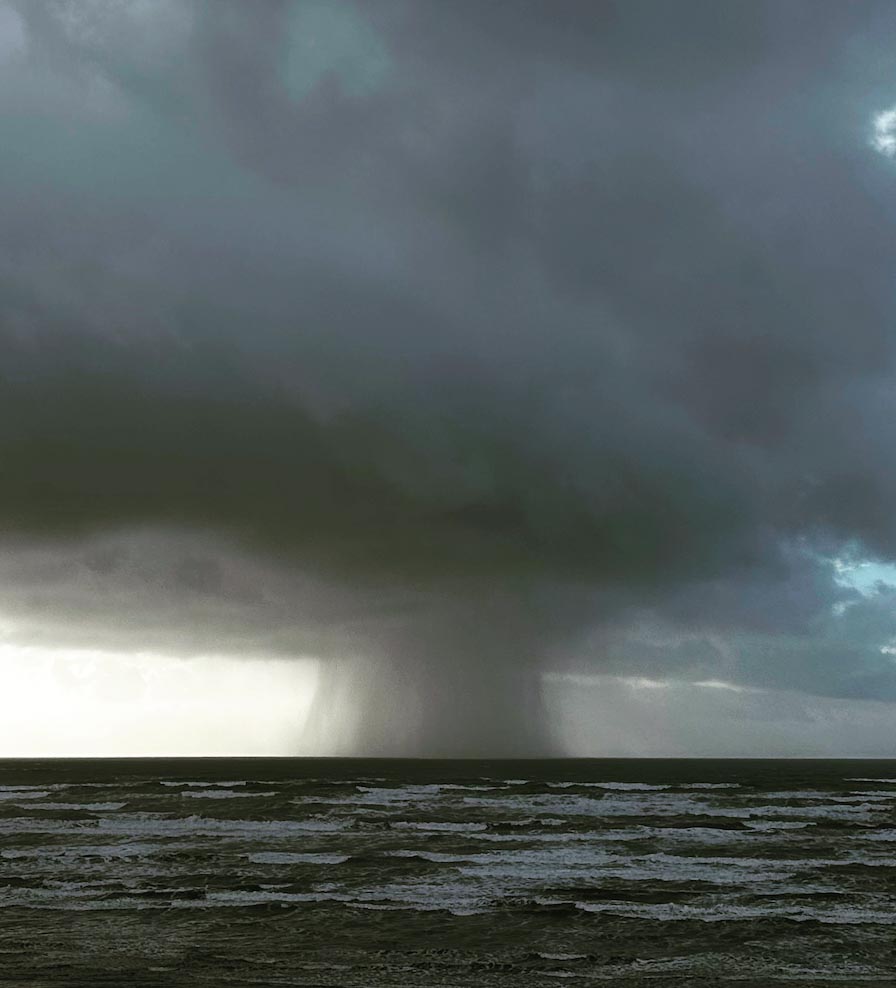
Thinking metaphorically about brands, you would be skirting the surface, heading for what’s beneath. Expanding on the cloud symbolism, a cloud-built computing platform presumes that massing clouded computing networks, like a rising storm, builds vast computational / processing > consumer relationship enhancement capacities. Do lots more, because you have more networked “vapor,” flowing together, to achieve a ever moving goal.
In the Northwest, cloud computing is a big thing—we need it. Bezos is all over the premise—the promise—of cloud(ed) computing; David Sabey‘s been preaching the real estate economics of change in Washington (and building computing cloud centers) There’s a spin out there on another power collation, Apple | Google. And Google (and others) talk about the cloud in a bigger, even more abstracted way.
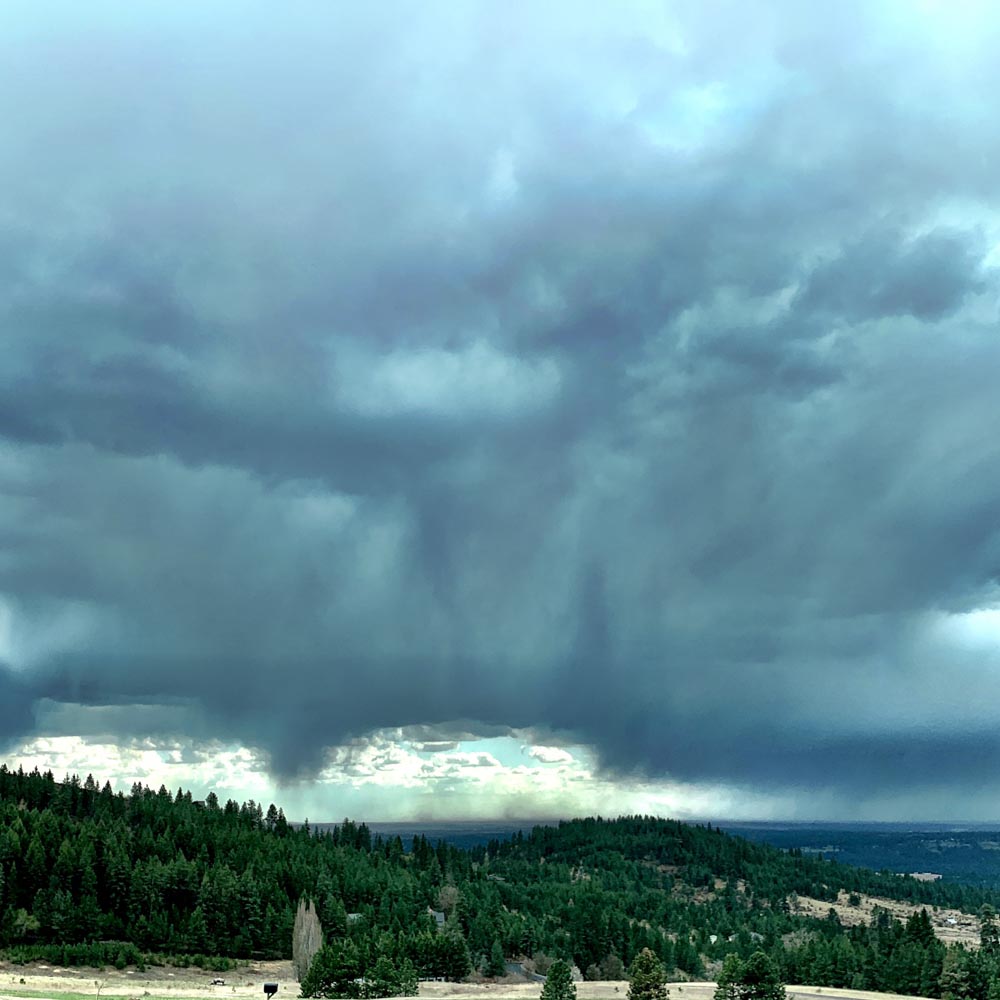
I’m fascinated by metaphorical thinking—and, in one manner or another—have been examining that idea of metaphor in brand development for a couple of decades. It reaches to the more poetic side of the question–what does something feel like? And that’s a question that I find myself increasingly asking. Or rather, one that we are asking increasingly—what, in the work that we do, is evinced in the emotionality of relationship—and the relating—of content. How do you get it? How do you get there? What is the shape of emotion in content / context? Metaphors, as catalysts, can bridge that equation.
Brand, audience, relatedness.
To that end, I’ve been thinking about Amazon and some of the metaphors that are there, inherent in that corporate construct—the work, the meaning, the symbolism. To that end, exploring relationships, I’ve been working on the concept of Amazon as a metaphor in relationships and community—and how to design in that array of thinking. How organically, the spirit of Amazon is really about the nearly osmotic inter-relatedness between the person, the brand, the brand, the person. And what could that look like, and feel like, if it was not merely about the online sense of place, but more so, about the built experience.
Some years back, Dawn Clark and I explored working on that — building a conceptual metaphor for the telling of Amazon “stories”, in experience. That was then, years back — a study in allegory and symbolic thinking as an approach to realizing new expressions of retail narrative and journey. That storytelling was blogged here, 2011.

But, speaking allegorically about clouds, what are the layers of content, to their symbolism?
Clouds, etymologically, come from clumps; and they’re defined in height and layers. They’ve been called, as well, stones. O.E. clud “mass of rock,” from P.Gmc. *kludas, metaphoric extension 13c. based on similarity of cumulus clouds and rock masses. O.E. word for “cloud” was weolcan. Cloudy is O.E. cludig (in the rock sense), in the water vapor sense, c.1300. Cloudburst (1817, Amer.Eng.) parallels Ger. Wolkenbruch. The imaginary city Cloud Cuckoo Land, built in air, is from Aristophanes’ Nephelokokkygia in “The Birds” (414 B.C.E.). Cloud nine is 1950s, Amer.Eng., of uncertain origin or significance. There was a similar association of cloud seven, but some connect the phrase with the 1896 International Cloud-Atlas, long the basic source for cloud shapes, in which, of the ten cloud types, cloud No. 9, cumulonimbus, was the biggest, puffiest, most comfortable-looking.

Cumulonimbus, the 9th cloud, is one of my favorites — stormbringer. In studying clouds, I reached back to the history (of the words, but as well, of their classification); and as well, the notion of cumular formation — the piling of icy, vapored content — or, for that matter, merely “amassment” up “information”: cu⋅mu⋅late, adjective–verb (used with object)
1. to heap up; amass; accumulate.
–adjective
2. heaped up.
Origin:
1525–35; < L cumulātus (ptp. of cumulāre to heap up, pile up, accumulate), equiv. to cumul(us) a heap, pile, mass, cumulus + -ātus -ate.
There’s more, of course, to the concept of cloud, computing and calculation and the cumulant. I couldn’t hope to comment on this added mathematical expansion.
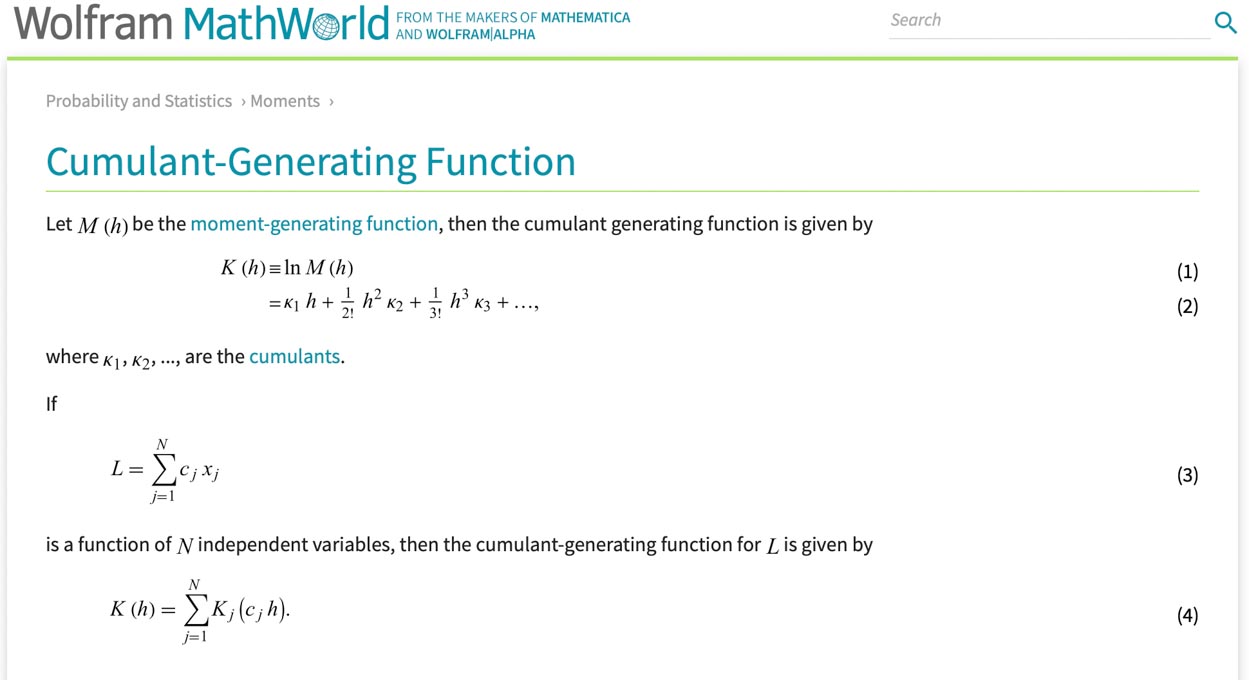
What I’m curious about is the idea of the cloud, the cumular as a metaphor for acquisitive knowledge, and team knowledge,
the nature of the aggregated human content, the spirit of gathered instinct — the human cloud. How we drift over ideas, connect and interplay, mist and wonderment—what you can see, what is
Cloud mind, the palace of memory, crowd control.
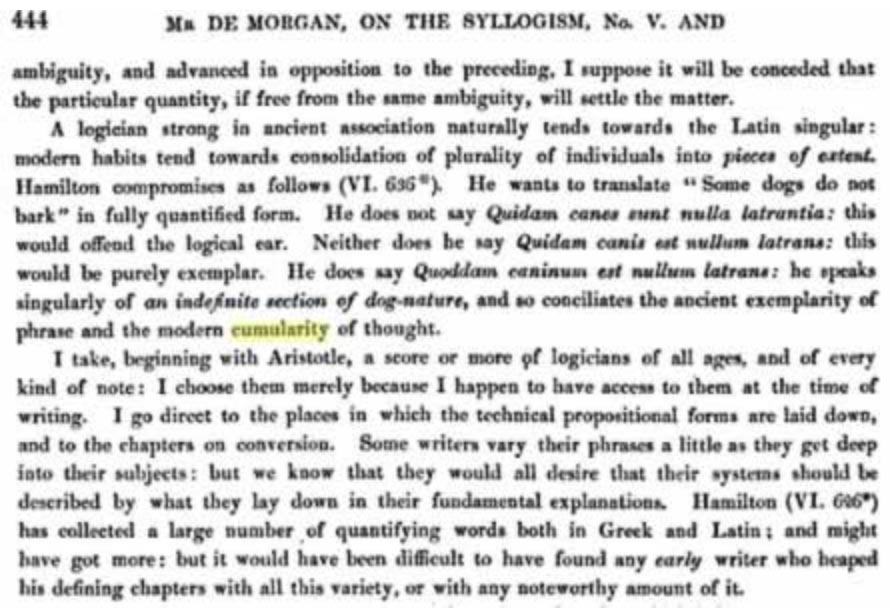
In the beginning, the concept of the brandstorm, the metaphorical “storming” of people on brands and ideals was created in the form of the BrandQuest® as a tool to use that collated mind-(fullness).
Early on, in my career, I realized that there was no way for me, personally, to fully utilize the capacity of my mind, a single mind, on the conception of problem > solution scenarios.

Ideas ripple and shimmer.
I had to, instead, gather many minds. From the clients that work on the challenge, to the concept of Girvin teams linking into the concept of exploring the challenge and nature of the problem, and where, and how, it might be solved. We’ve got ideas and tools, to cloud talent, and build solution paths, metaphors for how people connect, experience, and stride into brand meaning and community in relationship(s).
Speaking of this, in seeking out expansions on the cloud(ed) metaphor — nimbus, cirrus, stratos and the added symbolism of cloud mind, there’s this.
That’s it. Cumulate. And…
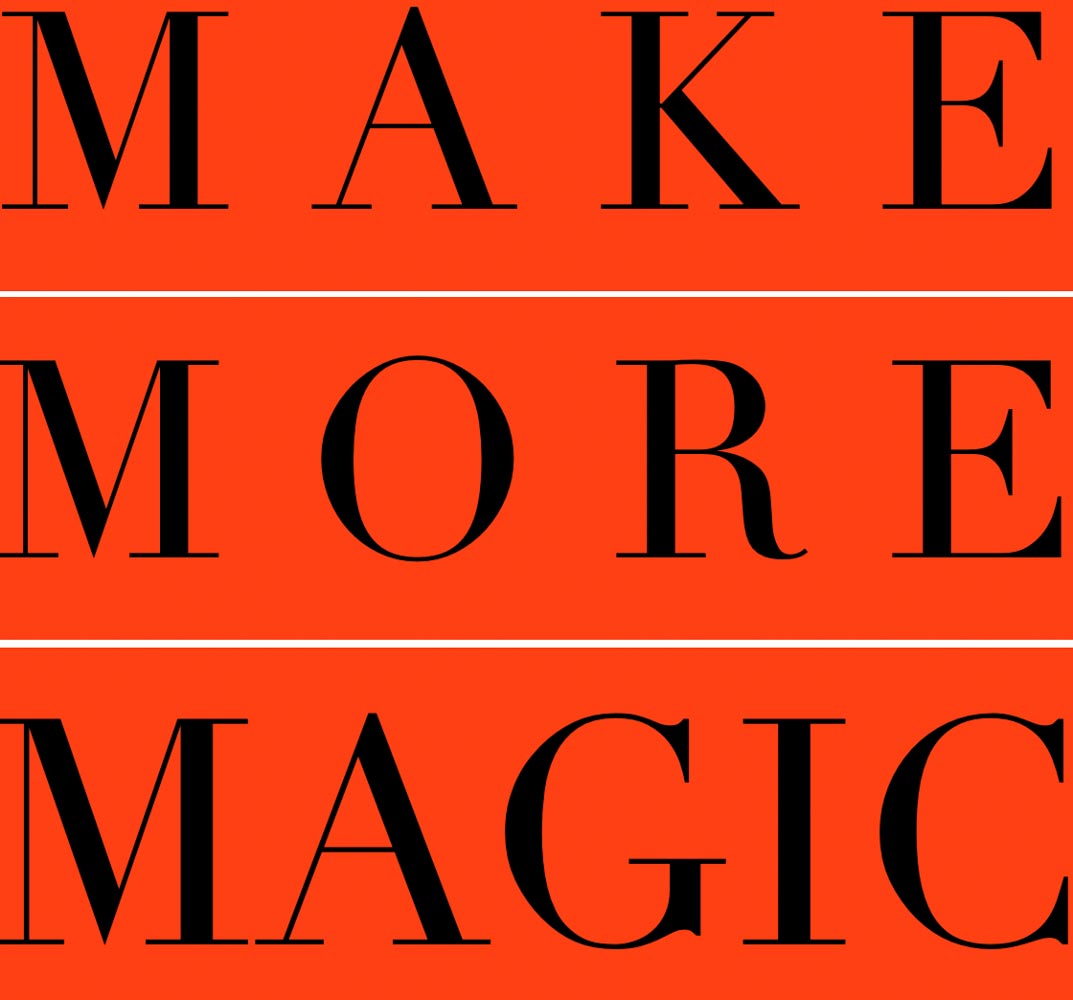
Gathering a diversity of minds, like the molecules of moisture, they bind and cohere in unique ways. And, as a listener—and observer of the crowd, there is control in the wind of new ideas, inspiration and imagination.
I can help.
Tim | GIRVIN | Strategic Branding
digital | built environments by Osean
Projects in strategy | story | naming | messaging | print
identity | built environments | packaging
social media | websites | interactive
Remembering:
my first cumularity, defining the brand PowerPC in the cloud-minded workshops of IBM, Motorola, and Apple—that first workshop yielded the ideation of the naming and premise of the Power platform—the AIM alliance, 1991, based on
cloud-built team thinkshopping GIRVIN originated for the team and led
at Chicago O’Hare, Red Carpet Club, executive leadership suites:
